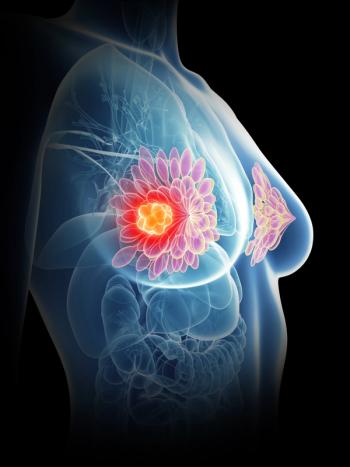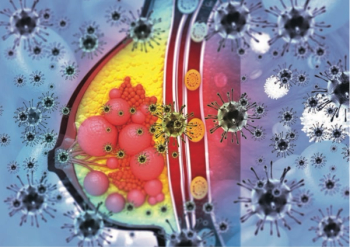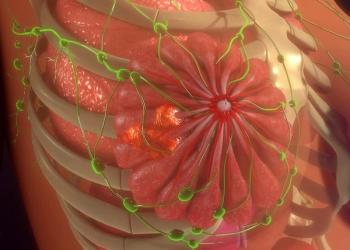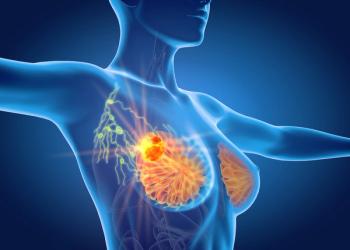
- ONCOLOGY Vol 16 No 5
- Volume 16
- Issue 5
Risk Modeling Can Reduce Hospitalizations of Breast Cancer Patients
Investigators recently reported the results of a study suggesting the benefits of identifying subgroups of breast cancer patients at high risk for hospitalization due to febrile neutropenia. Once identified, granulocyte colony-stimulating factor (G-CSF, Neupogen) might be administered prophylactically to these patients to help decrease the incidence of the side effect. The data were presented at the 24th annual San Antonio Breast Cancer Symposium.
Investigators recently reported the results of a studysuggesting the benefits of identifying subgroups of breast cancer patients athigh risk for hospitalization due to febrile neutropenia. Once identified,granulocyte colony-stimulating factor (G-CSF, Neupogen) might be administeredprophylactically to these patients to help decrease the incidence of the sideeffect. The data were presented at the 24th annual San Antonio Breast CancerSymposium.
"Research has shown that about 20% of early-stage breast cancer patientsreceive a modified regimen of chemotherapy in terms of lowered dose or treatmentdelays because they have developed or are at risk for developing negativeneutropenic events requiring hospitalization," said Dr. Edgardo Rivera,study author and assistant professor, breast medical oncology, M. D. AndersonCancer Center in Houston. "This study suggests that physicians can usevalidated risk models to identify patients who may be at higher risk forchemotherapy-induced neutropenia and then take preventive action to help avoidderailing their chemotherapy."
Chemotherapy Schedule Maintained
The large, open-label, prospective study showed that 95.3% of high-riskpatients who received G-CSF vs 79.9% of high-risk patients in the control groupwere able to receive an effective regimen of chemotherapy on schedule. More thanfour times as many control patients (20.1%) as G-CSF recipients (4.7%) receiveda reduced regimen of chemotherapy due to neutropenia. More than twice as manycontrol patients (7.1%) as G-CSF recipients (2.7%) were hospitalized withfebrile neutropenia.
The study enrolled 624 stage I-III breast cancer patients who received oneof the following adjuvant chemotherapy regimens: doxorubicin/cyclophosphamide(Cytoxan, Neosar), cyclophosphamide/methotrexate/fluorouracil, orcyclophosphamide/doxorubicin/fluorouracil. Following the Silber risk model,patients whose absolute neutrophil count (ANC) reached a nadir of £ 500/mm³ after the first cycle of chemotherapy were assigned to thehigh-risk group, and all other patients were assigned to the low-risk group.
High-risk patients received G-CSF for all subsequent cycles of chemotherapy,starting 24 hours after the administration of chemotherapy and continuing for amaximum of 14 days until their ANC reached ³ 10,000/mm³. Low-risk patientsreceived G-CSF in subsequent chemotherapy cycles only if they developedneutropenia with a fever or had a delay in chemotherapy due to neutropenia. Theother low-risk patients became the control group.
Articles in this issue
over 23 years ago
Promising New Treatment Option for Primary Bone Cancerover 23 years ago
Irinotecan, Cisplatin, and Radiation in Esophageal Cancerover 23 years ago
Irinotecan for the Treatment of Cervical Cancerover 23 years ago
Irinotecan in Epithelial Ovarian Cancerover 23 years ago
Combined-Modality Therapy for Rectal Cancer Using Irinotecanover 23 years ago
Future Directions in Adjuvant Therapy for Rectal CancerNewsletter
Stay up to date on recent advances in the multidisciplinary approach to cancer.

















































































